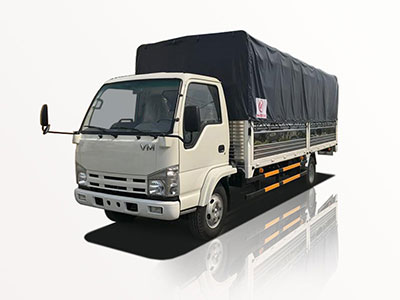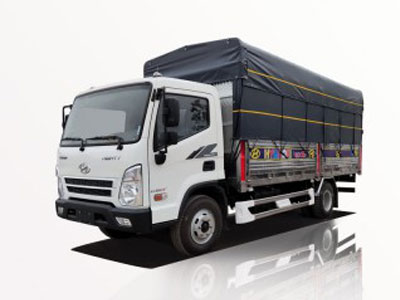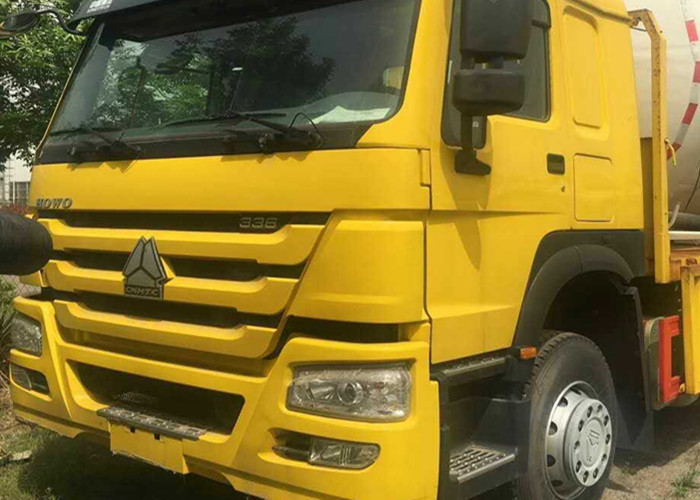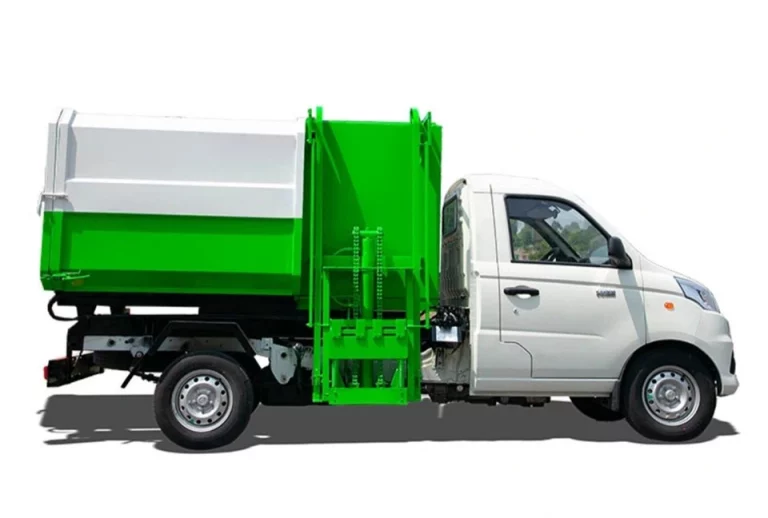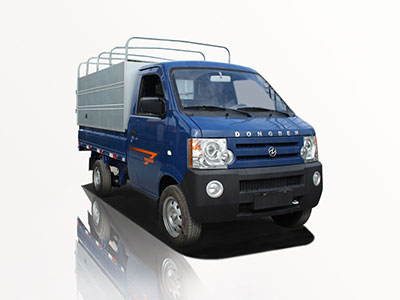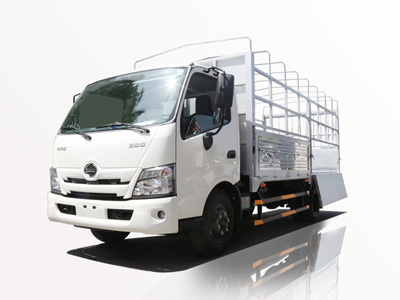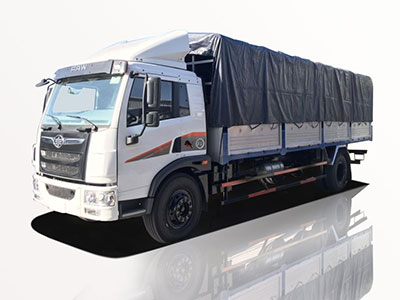Firefighting is a critical service that helps protect lives and property from the devastating effects of fire. One of the most important tools in a firefighter’s arsenal is the pumper tanker fire truck. This comprehensive guide will explore the features, benefits, and various aspects of pumper tanker fire trucks, serving as an essential resource for fire departments, enthusiasts, and the general public.
What is a Pumper Tanker Fire Truck?
A pumper tanker fire truck is a specialized vehicle designed to transport water and fight fires. These trucks combine the functions of both a pumper, equipped with a robust water pump, and a tanker, which holds a significant amount of water. This dual functionality makes pumper tankers particularly valuable in rural areas where water sources may not be readily available.
Key Features of Pumper Tanker Fire Trucks
Water Tank Capacity
Pumper tanker fire trucks typically have large water tanks ranging from 1,000 to 3,000 gallons. This allows firefighters to maintain an adequate supply of water during emergencies, especially in locations lacking hydrants.
Built-in Water Pump
Equipped with powerful pumps, pumper tankers can deliver high-pressure water streams to combat various fire scenarios. Most pumps can deliver between 500 to 2,000 gallons per minute, ensuring an effective firefighting response.
Versatile Hose Reel Systems
Many pumper tankers come with a built-in hose reel system that allows firefighters to quickly deploy hoses. This feature enhances efficiency in rapidly changing fire situations.
Firefighting Equipment Storage
Pumper tankers have ample storage for essential firefighting equipment, such as hoses, nozzles, firefighting foam, and other tools. This organized storage aids in quick response times during emergencies.
Power Sources
Modern pumper tankers are generally equipped with diesel engines. They may also include generators to provide power for lights, tools, and equipment on the scene of a fire.
Types of Pumper Tanker Fire Trucks
Standard Pumper Tanker
The standard pumper tanker is a reliable choice for many fire departments. It combines a water tank and pump on a single chassis, allowing for straightforward and efficient operation.
Brush Pumper Tanker
Brush pumper tankers are designed for off-road firefighting. They typically feature a smaller water tank and robust tires for navigating rugged terrain, making them ideal for wildland fires.
Multi-Functional Pumper Tanker
These trucks often come equipped with advanced technology, allowing the integration of additional tools such as aerial ladders and specialized firefighting equipment. This versatility makes them suitable for urban and complex firefighting scenarios.
Benefits of Using Pumper Tanker Fire Trucks
Rapid Response to Fires
With large water tanks and powerful pumps, pumper tanker fire trucks can quickly address fires from the moment of arrival. The ability to transport water reduces the critical time lost in finding a nearby water source.
Increased Water Supply
In regions with limited hydrant access, pumper tankers provide a much-needed water supply. Fire departments can bridge the gap while waiting for additional resources or reinforcement.
Cost-Effective Solutions
Investing in a pumper tanker can be more cost-effective than relying solely on multiple specialized vehicles. With its ability to fulfill both pumping and tanking roles, a pumper tanker can consolidate resources and expenses.
Practical Examples and Tips for Fire Departments
Choosing the Right Pumper Tanker
Selecting the appropriate pumper tanker fire truck depends on several factors, including:
- Geographical features: Consider local terrain and accessibility.
- Type of fires: Determine the prevalent types of fires in your area.
- Budget: Set a realistic budget that encompasses initial purchase, maintenance, and supplies.
Maintenance Tips for Pumper Tanker Fire Trucks
Proper maintenance extends the lifespan of fire trucks and ensures they function effectively during emergencies. Follow these maintenance tips:
- Regularly inspect pumps and tanks for leaks and integrity.
- Test water hoses and nozzles for performance before each operational period.
- Schedule periodic oil changes and engine inspections.
Training Firefighters on Pumper Tanker Operation
Ensure all firefighters receive training on how to operate pumper tankers. Training should include:
- How to deploy hoses and operate the pump.
- Understanding water flow rates and pressure settings.
- Basic maintenance and troubleshooting techniques.
The Role of Pumper Tanker Fire Trucks in Emergency Management
Collaboration with Local Authorities
Pumper tankers often work alongside local authorities during larger emergencies. Effective collaboration ensures a quicker, more organized response. Departments should establish communication protocols for seamless operations.
Community Engagement and Awareness
Community education on fire safety, especially in areas prone to wildfires, can decrease the number of incidents requiring firefighting resources. Fire departments can host events and workshops focusing on fire prevention and safety.
Innovations in Pumper Tanker Fire Truck Design
Environmental Considerations
Today’s pumper tankers are increasingly designed to minimize environmental impact. Features may include:
- Water-efficient systems.
- Eco-friendly materials in truck construction.
Technology Integration
Modern pumper tankers may include smart technology, such as:
- GPS tracking systems for improved route planning.
- Real-time data sharing between vehicles and command centers.
Cost Analysis of Pumper Tanker Fire Trucks
Initial Purchase Costs
The price of a pumper tanker can vary significantly based on its specifications, features, and manufacturer. A basic model may cost between $200,000 and $500,000, while more advanced versions can exceed $1 million.
Long-term Maintenance and Operational Costs
Fire departments should also consider long-term operational costs, such as:
- Regular maintenance and repairs.
- Fuel and insurance.
- Training for new firefighters on the equipment.
FAQ Section
1. How often should a pumper tanker fire truck be inspected?
Pumper tanker fire trucks should be inspected at least once a month, along with more thorough annual inspections. Regular checks ensure equipment is functioning properly and ready for emergencies.
2. What is the average lifespan of a pumper tanker fire truck?
On average, a pumper tanker fire truck can last between 15 to 25 years, depending on maintenance, usage, and the environment in which it operates.
3. Can pumper tankers be used for non-fire emergencies?
Yes, pumper tankers can also be utilized in other emergencies, including chemical spills or flood response, due to their water capacity and powerful pumps.
4. What training is required to operate a pumper tanker?
Firefighters must undergo specialized training focusing on the operation of pumps, water flow management, and maintenance procedures for safe and effective use of pumper tankers.
5. Are there any grants available for purchasing pumper tankers?
Yes, various federal, state, and local programs offer grants to fire departments for purchasing and maintaining pumper tankers. Departments are encouraged to research availability and application processes.
6. Are pumper tankers suitable for urban firefighting situations?
Pumper tankers can be quite effective in urban firefighting situations, especially in areas with limited hydrant access. Their water supply can be crucial during high-demand incidents.
